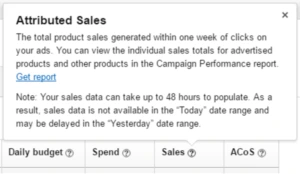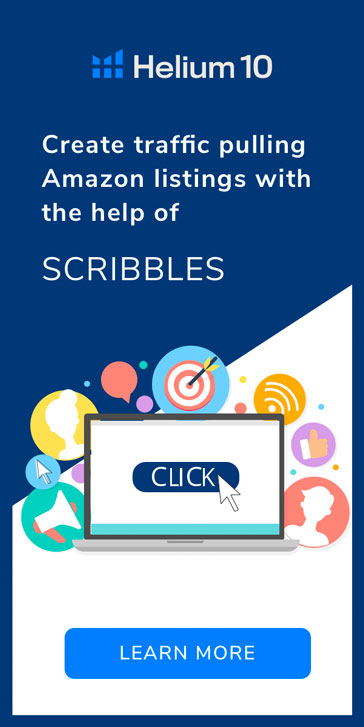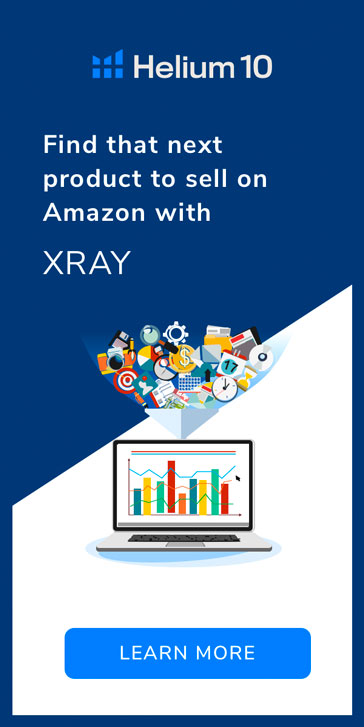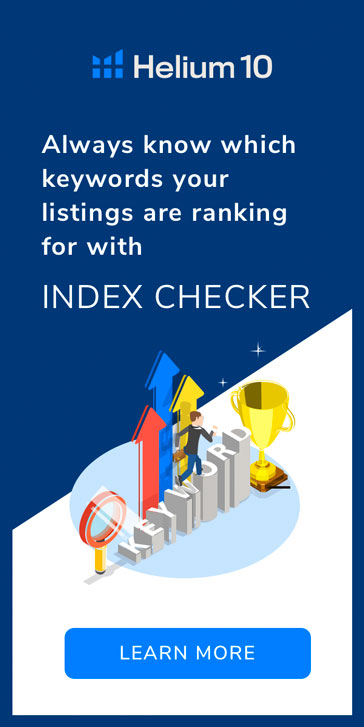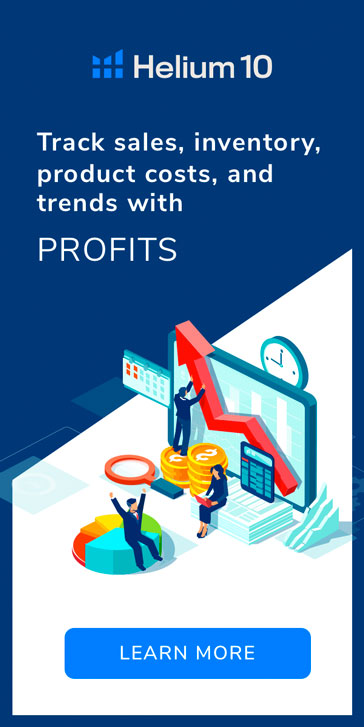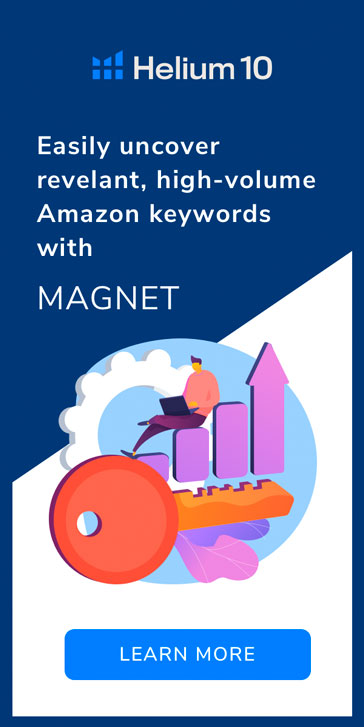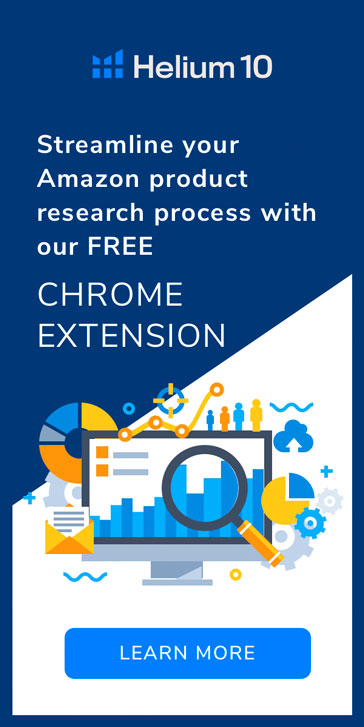Look several months back for benchmarks and more recently to make decisions
PPC results change daily. Looking at data from months ago is useful for benchmarking your performance and see if your campaigns are improving, but not to make decisions about bid changes or keyword updates.
Getting enough data
That said, you do want to look far back enough to get enough data to make a good decision. If a keyword is only getting a few clicks a day then you need to wait at least a week or two to get enough data to make a decision.
If a keyword is getting 10-100 clicks a day then you’ll only need to wait a few days to make a decision bid changes.
Waiting for sales data to come in
Data can take a while to be accurate. There are two kinds of data settling to watch out for:
#1 – First 2 days from Amazon delays
- Amazon waits up to 48 hours before reporting orders and sales. At Prestozon we wait 48 hours before reporting performance on a day so that you always have accurate information.
#2 – First 7 days from Customer delays
- Amazon attributes a sale to your ad if the customer who clicked on that ad bought your product within 7 days after clicking.
Example: A customer might add both your product and a competing product to their cart then decide a few days later which they want.
87% of sales attributed to Sponsored Products happen within one day of the click, so usually it’s okay to analyze sales, orders, and ACoS as soon as the data for the day is available 48 hours later. Sometimes customers are more likely to wait longer than a day to make a purchase (this often happens around Christmas).
If you want to make the most accurate decisions, set the end date of your date selection to 4 or 5 days ago. This will ensure that incomplete data from the last few days doesn’t throw you off.
Avoiding (or selecting) specific dates
You know and love them: Prime Day. Black Friday. Cyber Monday. The weeks leading up to Christmas. You either need to analyze these events specifically or avoid them completely because your PPC will performance will be drastically different on these days.

Here’s an example. You want to update bids on some of your keywords a week after Prime Day. On Prime Day alone your CPC doubled, your conversion rate tripled, and your spend was up 6x. Whew! If you look at that entire week, Prime Day has as much weight as all of the other days combined but completely different results. You have two options:
- Analyze Prime Day on it’s own to craft a Prime Day strategy for next year
- Analyze a time frame that ends before Prime day to update your bids for the best performance on normal days
Don’t Forget the Power of Search Terms
Most of the time you’ll be analyzing keywords and updating bids to make the most of your advertising spend. But don’t ignore search terms!
By “negative exacting” certain high-ACoS search terms, you can drastically bring down your ACoS.
Especially with broad match types, some search terms will be profitable and some will cost you all the money. Imagine you sell a large water bottle and bid on the keyword “water bottle” with a broad match type. You might see some results like these:
| Spend | Sales | ACoS | ||
|---|---|---|---|---|
| Keyword | water bottle | $52.00 | $130.00 | 40% |
| Search Term | water bottle |
$40.00 | $10.00 | 400% |
blue water bottle |
$10.00 | $20.00 | 50% | |
large water bottle |
$2.00 | $100.00 | 2% |
Water bottles have a lot of competition, so your conversion rate is low for the search term “water bottle”. But when people are searching for a large water bottle they’re glad to see your ad and your conversion ratio is sky high! Making “water bottle” a negative exact keyword will drastically improve your ACOS in this situation while still allowing your ad to show up for “blue water bottle” and “large water bottle”.
The problem with Amazon’s Search Term Report
Alas, there’s always a catch… Daily search term data isn’t available through Seller Central reports. You can get a 2-month aggregate summary, but that’s not very helpful if you want to analyze specific dates. The only way to get daily search term data is through Amazon’s Advertising API. I know, doesn’t make much sense.
Fortunately, the data in Prestozon Analytics comes from this API. Our data is the real deal, whereas other tools estimate daily search term performance from the 2-month figure found in the Search Term Report from Seller Central. Be skeptical of daily search term data if Prime Day, Christmas, or any other event happened within the last 60 days unless the data comes from the Advertising API.
Summary
Analyzing your ad data is crucial to ensure you get the most value for your ad spend. Be sure to pick the right timeframe so that you can make great decisions on bids, keywords, and negative search terms.
Original post from PPC Analysis: Picking the Right Date Range – Helium 10












